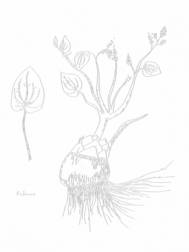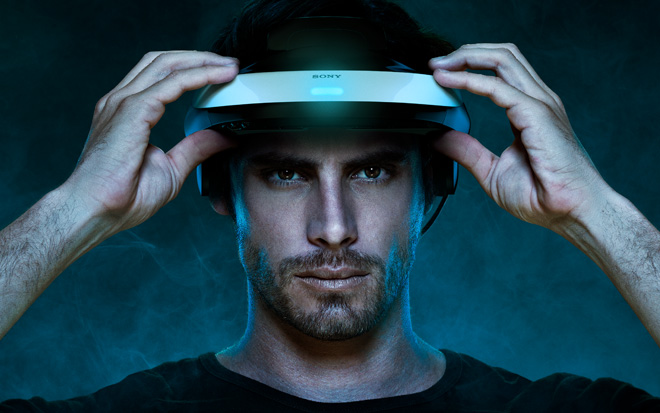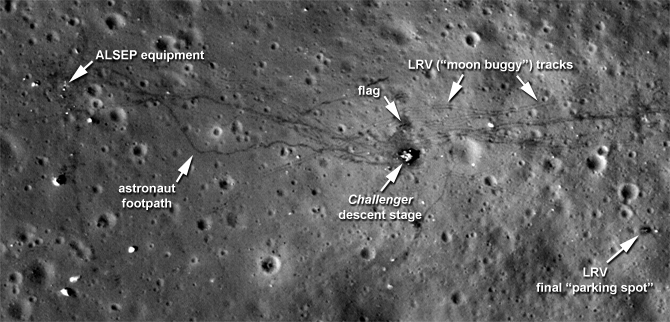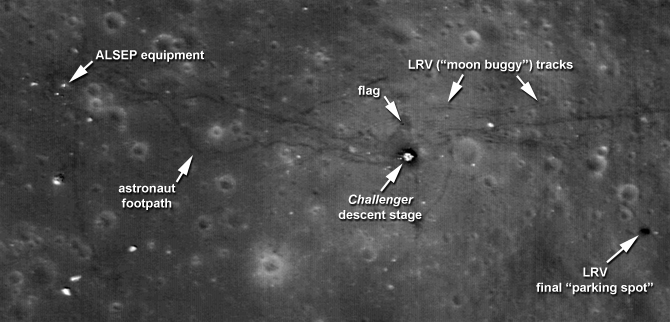Social weight Loss, Youthful plants and Moon Landings
Interview with
Losing Weight the Social Way
Having an active social life could help with fat loss.
There are two forms of fat in the body - energy storing 'white' fat and energy burning 'brown fat'. Matthew During and colleagues at Ohio State University found that exposing mice to a challenging, socially-interactive environment with more mice, more space and toys resulted in a much leaner population.
"So when we looked at these animals and looked at fat, it was remarkably reduced. This total fat was reduced by that 50% to 70%. Fat changed from white fat to brown fat, making it resistant to obesity and giving it much greater long term health as well." Matthew During
Read more:
White to Brown Fat Phenotypic Switch Induced by Genetic and Environmental Activation of a Hypothalamic-Adipocyte Axis; Lei Cao, Eugene Y. Choi, Xianglan Liu, Adam Martin, Chuansong Wang, Xiaohua Xu, Matthew J. During; Cell Metabolism - 7 September 2011 (Vol. 14, Issue 3, pp. 324-338) DOI: 10.1016/j.cmet.2011.06.020
---
Protecting Probiotics
A new biopolymer could increase the effectiveness of probiotic friendly bacteria.
Until now, the main challenge facing probiotic manufacturers has been getting enough bacteria to survive the acidic conditions of the stomach.
But now, Iza Radecka's team from the University of Wolverhampton have developed a polymer to act as protective coating.
The increased survival time will allow greater numbers of bacteria make it through to the gut, to do their work.
"It's a bacterial polymer, it's water soluble, biodegradable, and edible. We, for example [put] uncoated and coated bacteria into simulated gastric juice. The ones which are not coated, after two hours there were none left but the ones which were coated with our polymer survived, intact, nearly 100%." Iza Radecka
Read more: New polymer research could boost probiotics industry -
Wolverhampton University Press release; This work was presented at the Society for General Microbiology's
Autumn conference in York, 5-7 September 2011
---
The Plant that doesn't get Old
A herb found deep in the mountains of the Pyrenees can live for up to 300 years without showing any signs of ageing.
Johan Ehrlén from Stockholm University and colleagues studied 260 year old samples of the plant Borderea pyrenaica, to get further insight into the role and importance of ageing.
"We could find no evidence of decreased performance with age. No evidence of senescence. Growth and reproduction were constant over age and survival tended to increase with age. So actually, performance improved with age. The important finding is that there is a lot of theoretical arguments. If every organism has to senesce or whether selection can actually favour lack of senescence, and looking in different organs will sort out why senescence sometimes is important and why it's sometimes seems to be absent." Johan Ehrlén
Read more:
Garcia, Maria B; Dahlgren, Johan P; Ehrlén, Johan; No evidence of senescence in a 300-year-old mountain herb; Journal of Ecology; (2011); DOI: 10.1111/j.1365-2745.2011.01871.x
---
Personalised 3D Headsets
Sony have launched a personal 3D viewing headset as part of its increasing 3D technology range.

The headset was launched at the IFA 2011 consumer electronic show in Berlin this week with the head mounted display intended to give an immersive 3D experience.
The futuristic headset complete with headphones, uses two high definition screens which feed separate video to a viewers eyes to create a 3D illusion. But the gadget doesn't come cheap, with a current retail price of $785 dollars.
Read more:
"Pure immersion: the movie theatre that's just for you" - Sony press release
---
NASA Moon Landings
And finally, NASA have released high resolution images of the Apollo moon landings.
NASA's Lunar Reconaissance Orbitor captured the sharpest images ever taken of the Apollo 12, 14 and 17 landing.
Using low altitude narrow angle cameras, the images clearly show the movement of astronauts on the moons surface as well as the lunar rover, as NASA's Mark Robinson explained as he looks over the Apollo 17 landing.
"You can see very clearly both the astronaut tracks and the beautiful sharp and crisp parallel lines which are the tracks of the lunar roving vehicle. It's pretty neat, because you know what the RV looks like, if you squint really hard, you can begin to resolve the seats and the fact that the wheels are left turned slightly to the left." Mark Robinson
 |  |
| You can view more images of the moon landings here. |









Comments
Add a comment